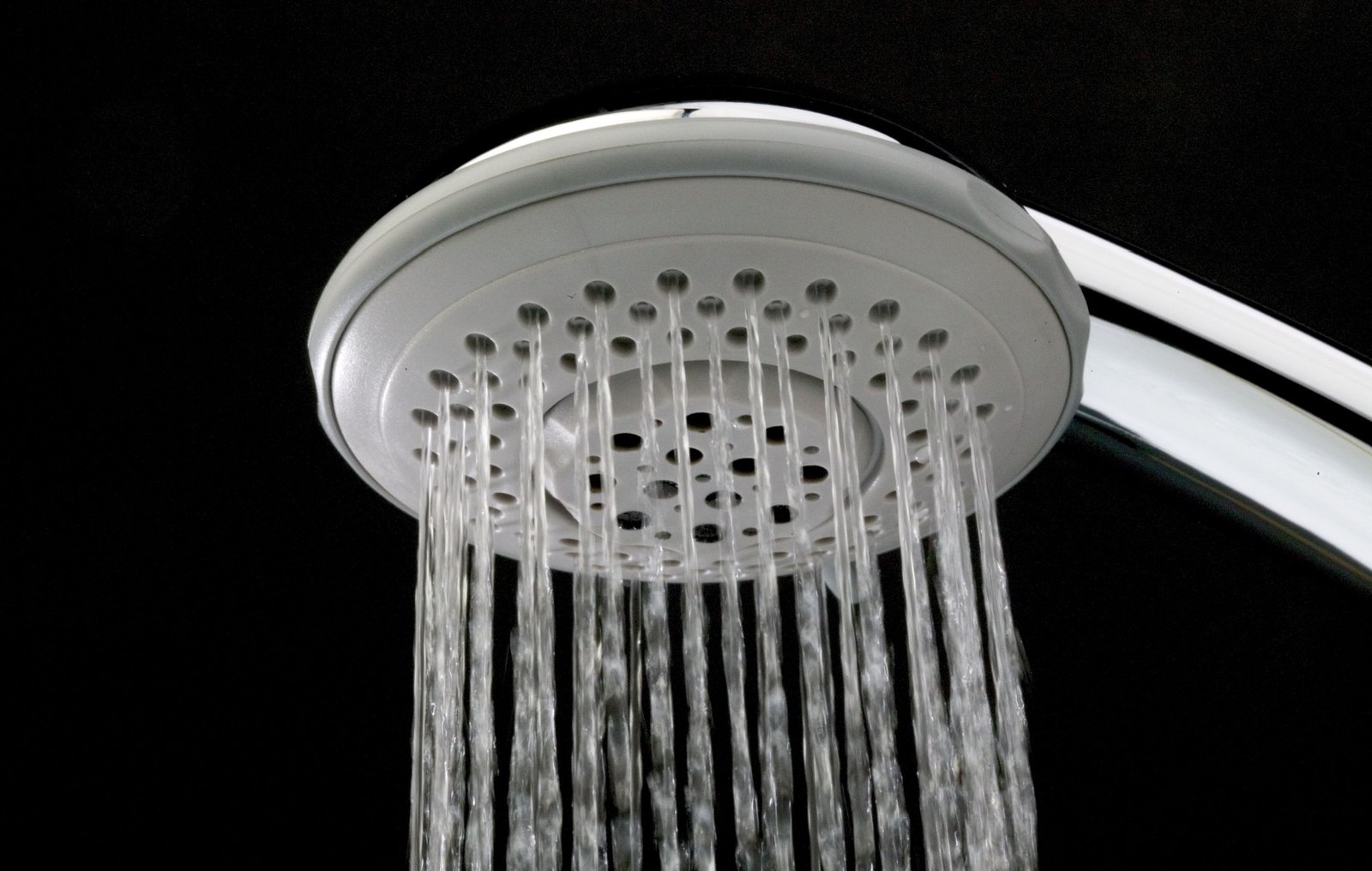President Donald J. Trump recently signed an Executive Order directing the Secretary of Energy to rescind certain restrictions on water pressure established by his predecessors.
As the White House put it, the president was ending the “Obama-Biden war on water pressure and [making] America’s showers great again.”
This isn’t the final salvo in the decades-long Appliance Wars — nor did the order accomplish what many on social media claim.
I first encountered the Appliance Wars in the 1990s, courtesy of my favorite TV show, Seinfeld. In a memorable episode, Kramer, Jerry, and Newman are all visibly irked (and unkempt) as they wrestle with the newly mandated “low-flow” showers.
“There’s no pressure; I can’t get the shampoo out of my hair!” Kramer laments. “If I don’t have a good shower, I am not myself. I feel weak and ineffectual; I’m not Kramer.”
The scene comes from “The Shower Head,” Season 7, Episode 15, which aired in 1996. I didn’t catch it until a few years later while in college, but even then the episode felt fresh, edgy, and smart.
What I didn’t know was that the Appliance Wars had already been raging for decades.
The Appliance Wars
On December 22, 1975, President Gerald Ford signed into law the Energy Policy and Conservation Act, which granted the president powers over energy exports. The law included regulatory power over household appliances to increase energy efficiency.
The legislation was a response to the 1970s oil crisis, an event that was exacerbated by price controls imposed by President Richard Nixon. The first energy efficiency regulations under the EPCA focused primarily on items like refrigerators, air conditioners, and water heaters, but over time, the scope of these regulations expanded and became more stringent.
In 1992, the Energy Policy Act amended the EPCA to require stricter efficiency standards for appliances and water efficiency standards, including a rule that mandated lower-flow showerheads that limited outflows to 2.5 gallons of water per minute.
The federal government’s attempt to save the planet by regulating showerheads seemed common sense to some and absurd to others. For writers at Seinfeld, it was clearly the latter.
Yet the low-flow showers that Seinfeld mocked were not stringent enough for some.
In 2010, the Obama Administration reduced the maximum flow of showerheads to 2.0 gallons per minute. Some states have gone further. California, for example, has regulations that limit the maximum flow rate for showerheads to 1.8 gallons (and 1.2 GPM for bath faucets).
Twitter and media were abuzz last week that Trump had “made showers great again,” but his executive order didn’t scrap the federal rule, something the White House’s own statement confirms.
“President Trump is restoring sanity to at least one small part of the federal regulations, returning to the straightforward meaning of ‘showerhead’ from the 1992 energy law, which sets a simple 2.5-gallons-per-minute standard for showers,” the press release stated.
The executive order reversed a complicated Biden rule — it was 13,000 words, according to the White House — on the definition of the word “showerhead.” What it did not do was repeal the 1992 regulation.
‘If Washington Can Regulate Showerheads’
The Trump administration is taking a victory lap for “Making Showers Great Again,” but the federal regulation that inspired “The Shower Head” is still in place — it’s just slightly less stringent than the 2-gallon per minute rule initiated during the Obama presidency. (To be fair, the 2.5 limit is written into the US Code, which cannot be changed with the stroke of a pen.)
That episode ended with Kramer buying “hot” showerheads off the black market. The episode captured the absurdity of attempting to conserve resources in a top-down fashion. As Kramer pointed out, he couldn’t get clean with the new showerheads, which resulted in him taking longer showers.
Longer showers are indeed a consequence of lower-flow showerheads, but these are the kind of practical consequences that rule-making bureaucrats rarely consider. We’re supposed to take it on faith that federal regulators know the optimal amount of water each individual requires to live, wash, and flush. They don’t, of course.
The Showerhead Wars are funny because they are a Kafkaesque absurdity. The wars lay bare the stupidity of a soulless bureaucracy that can spend 13,000 words defining the term “showerhead” to make our lives less enjoyable and efficient.
The joke is ultimately on us. Because if Washington can regulate your showerhead, it can regulate anything — and that’s the problem.






Leave a Reply